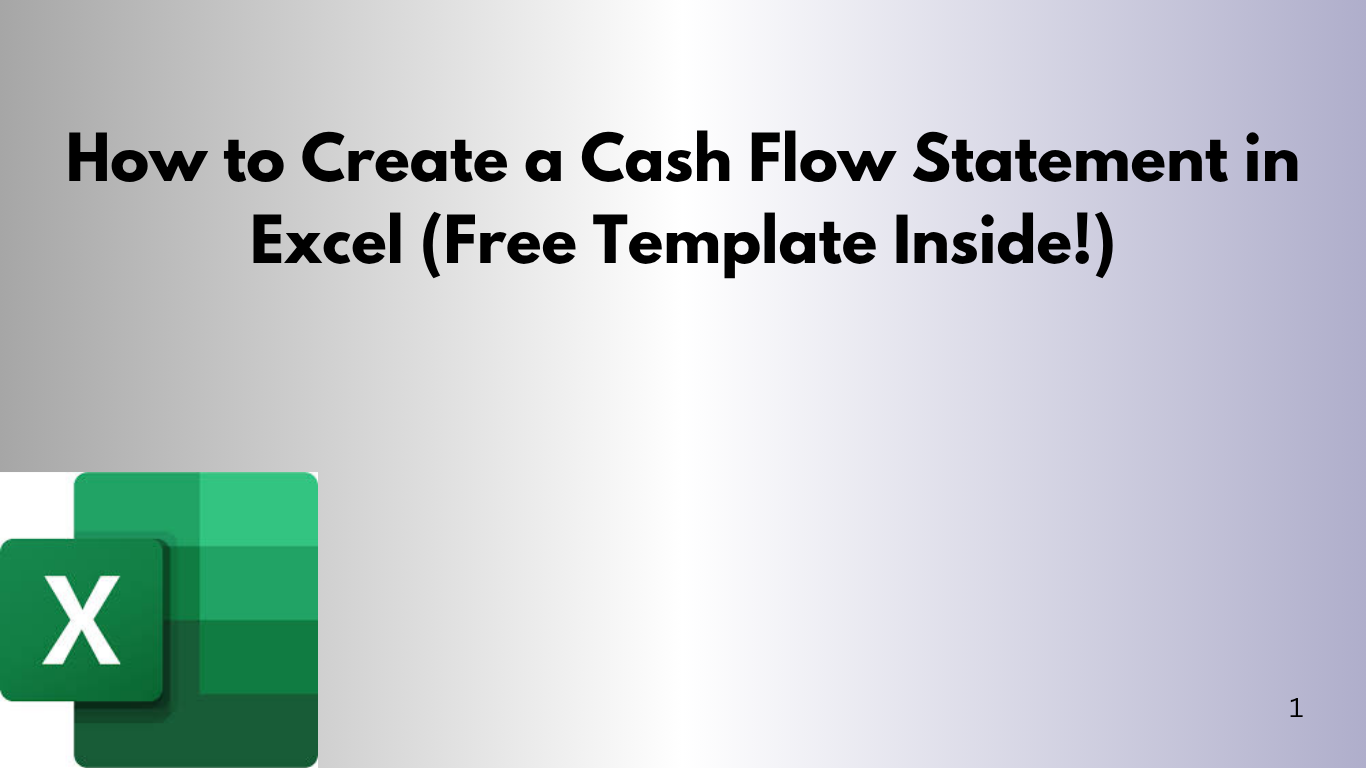If you’ve ever wondered where your money really goes, the cash flow statement is your answer. It’s like a financial diary that shows the heartbeat of your business — how money comes in, and how it flows out.
In this post, we’ll walk you through how to make one in Excel, step by step. Or better yet — grab our free downloadable template and get started right away!
🧾 What Is a Cash Flow Statement?
A cash flow statement shows your cash inflows and outflows during a specific time period. It's broken down into three main sections:
- 🧩 Operating Activities: Your day-to-day income and expenses
- 🔧 Investing Activities: Buying or selling equipment, property, etc.
- 🏦 Financing Activities: Loans, repayments, or capital injections
This isn’t just for big businesses. Freelancers, side hustlers, and small shops need this just as much.
📊 Step-by-Step: Build One in Excel
1. Start with a Simple Structure
Set up two columns: Description and Amount.
2. Add Sections
List cash movements under:
- Operating Activities: Income, expenses, adjustments
- Investing Activities: Equipment purchases, asset sales
- Financing Activities: Loans received, repayments made
3. Use SUM Formulas to Calculate Totals
For example: =SUM(B3:B5) to total operating activities.
4. Calculate Net Cash Movement
Use: =Operating + Investing + Financing. Add your beginning cash to this to get your ending balance.
🎁 Download the Free Template
This spreadsheet is already formatted and includes sample formulas. Just plug in your own numbers, and you’re ready to go.
📥 Download the Cash Flow Excel Template
✨ Bonus Tips
- ✅ Use conditional formatting to highlight negative cash flow
- 📅 Duplicate tabs for each month or quarter
- 📈 Add charts to visualize trends over time
🚀 Final Thoughts
Excel makes financial clarity simple. With a solid cash flow statement, you can make smarter decisions, avoid cash crunches, and impress investors or lenders.
Need a version with monthly breakdowns or categories by project? Let me know — happy to help!
